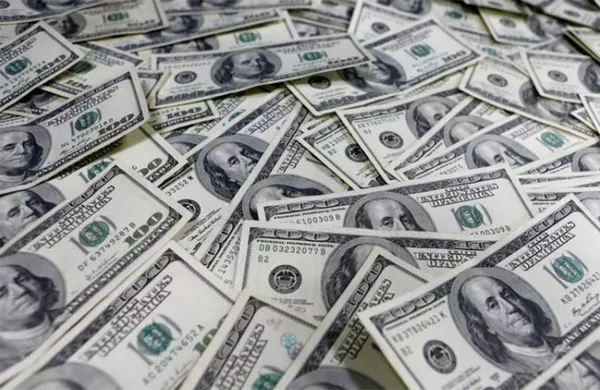The Federal Reserve, often referred to simply as “the Fed,” plays a crucial role in the United States’ monetary system. Its actions and policies have far-reaching effects on various aspects of the economy, including the value of the U.S. dollar. In this article, we’ll explore the functions of the Federal Reserve and delve into the intricate relationship between the Fed’s decisions and the fluctuations in the dollar’s value.
The Federal Reserve: The Central Bank of the United States
The Federal Reserve, established in 1913, serves as the central bank of the United States. It operates independently within the government and is tasked with overseeing and regulating the country’s monetary and financial system. The primary objectives of the Fed are to maintain price stability, maximize employment, and promote sustainable economic growth.
The Fed’s Tools and Functions
To achieve its goals, the Federal Reserve employs various tools and functions. Here are some of the key functions of the Fed:
Monetary Policy: The most well-known role of the Fed is the formulation and implementation of monetary policy. It does this by controlling the money supply and adjusting interest rates. One of the primary tools it uses to influence the economy is the federal funds rate, which is the interest rate at which banks lend money to each other overnight. By changing this rate, the Fed can influence borrowing costs throughout the economy.
Open Market Operations: The Fed conducts open market operations by buying or selling government securities in the open market. When it buys securities, it injects money into the banking system, lowering interest rates and encouraging borrowing and spending. Conversely, selling securities withdraws money from the system, raising interest rates and curbing inflation.
Bank Supervision and Regulation: The Fed oversees and regulates banks to ensure they operate safely and soundly. This includes setting capital requirements and conducting stress tests to assess a bank’s ability to withstand economic shocks.
Payment Systems and Services: The Fed provides payment and settlement services to financial institutions, ensuring the smooth flow of money and transactions throughout the economy.
Consumer Protection: It also plays a role in protecting consumers by enforcing laws related to fair lending and ensuring financial institutions comply with regulations designed to prevent discriminatory lending practices.
The Impact on the U.S. Dollar
The Fed’s policies and decisions can have a profound impact on the U.S. dollar’s value. Here’s how:
Interest Rates: One of the most direct ways the Fed influences the dollar is through changes in interest rates. When the Fed raises interest rates, it can attract foreign capital seeking higher yields. As a result, demand for the dollar increases, leading to an appreciation of the currency.
Inflation: The Fed’s goal of maintaining price stability involves targeting a specific level of inflation. If inflation rises above the Fed’s target, it may raise interest rates to cool down the economy. Higher interest rates can make the dollar more attractive to investors, potentially strengthening it.
Economic Outlook: The Fed closely monitors economic indicators like GDP growth, employment rates, and consumer spending. Its assessments of the economic outlook can influence market sentiment and, in turn, the dollar’s value. Positive economic prospects can boost confidence in the dollar, while uncertainty can lead to a weaker currency.
Quantitative Easing: In times of economic crisis, the Fed may resort to quantitative easing (QE) by purchasing assets such as government bonds and mortgage-backed securities. QE increases the money supply and can lead to a weaker dollar as it dilutes the currency’s value.
Global Factors: The value of the dollar is also influenced by global events and factors such as trade balances, geopolitical tensions, and global economic conditions. The Fed’s policies can indirectly affect these factors, subsequently impacting the dollar.
Recent Examples of Fed’s Impact on the Dollar
To illustrate the Fed’s impact on the dollar, let’s examine two recent examples:
Interest Rate Hikes: In 2018 and 2019, the Federal Reserve implemented a series of interest rate hikes in response to a strong U.S. economy. These hikes attracted foreign investment, resulting in a stronger dollar.
COVID-19 Pandemic: In response to the economic challenges posed by the COVID-19 pandemic, the Fed lowered interest rates to near-zero levels and engaged in massive asset purchases. These measures were aimed at stimulating economic activity. Consequently, the dollar experienced periods of volatility, with its value fluctuating in response to changing economic conditions and monetary policy.
In conclusion, the Federal Reserve wields significant influence over the U.S. dollar through its monetary policy decisions, interest rate management, and regulatory functions. Its actions are closely monitored by financial markets and have wide-ranging implications for the U.S. economy and the global financial landscape. Understanding the relationship between the Fed and the dollar is essential for investors, businesses, and policymakers alike as they navigate the complexities of the modern economic landscape.


